Client story
Working together with Landis+Gyr, Cambridge Consultants has developed an energy industry breakthrough that will bring the benefits of smart metering to 750k hard-to-reach homes in GB, where reliable connectivity could not be delivered using the standard GB smart metering solution. CC’s approach to a unique challenge of difficult comms and long distances included both advanced communications engineering and product realisation. The result was a suite of industrial products for a highly regulated market that deliver high performance and reliability to consumer homes. The solution is delivered through the Alt HAN Company for all GB energy suppliers.
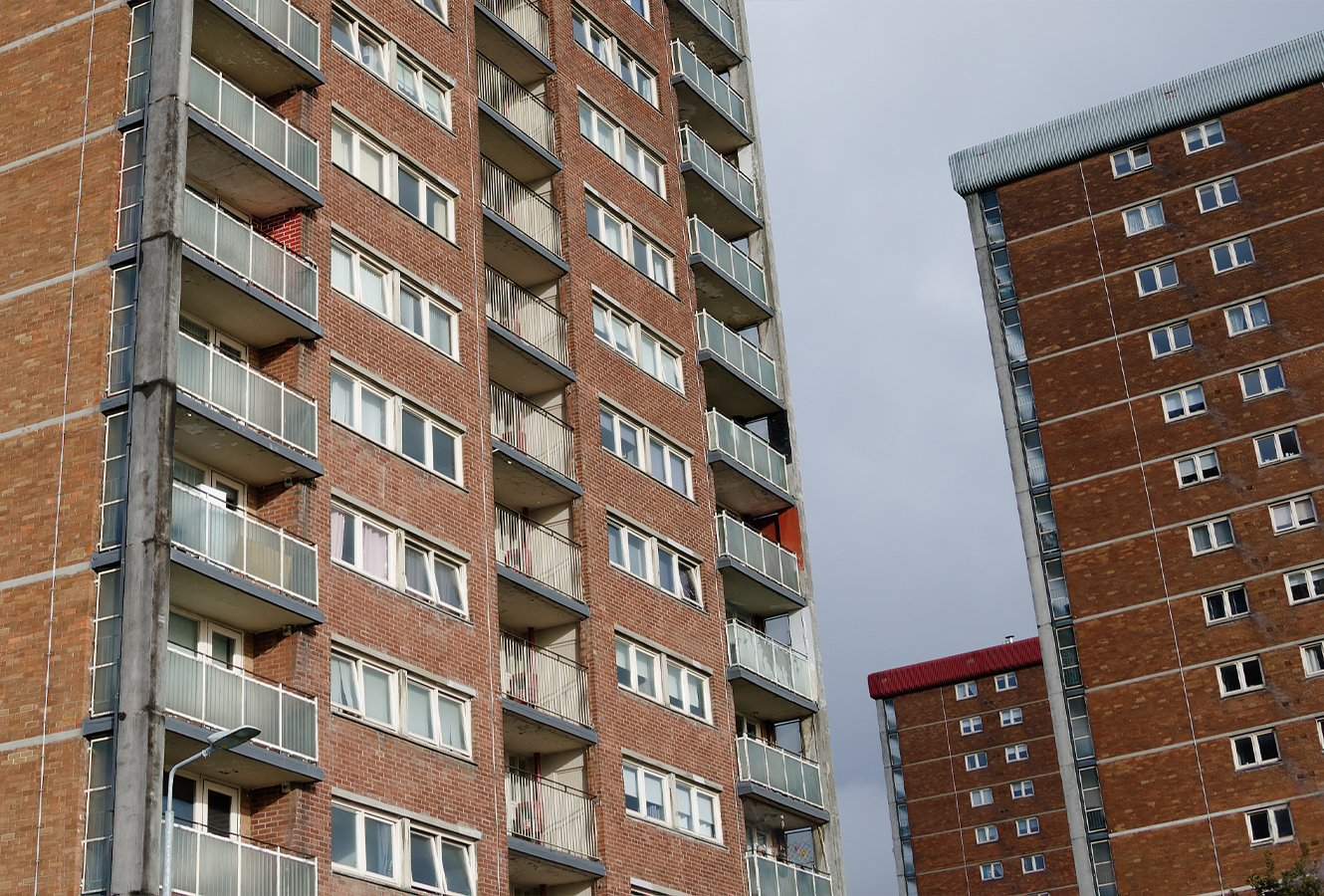
Impact for those who need it most
The new Alt HAN technology brings the opportunity of smart meters to many who can benefit most – including those living in multi-unit housing. Smart meters enable consumers to see and manage their electricity and gas consumption. They also help energy providers to gain a more comprehensive view of consumer energy usage, helping them to ensure service continuity and balance the grid. The technology has important applications for indoor wireless communications across a myriad of other industries.

The drive for inclusive energy transition
Smart meters are a key element of the UK government’s drive for an inclusive energy transition and a more sustainable energy system. Energy suppliers in England, Scotland and Wales are required to provide the technology to their customers, to help monitor and reduce energy use. With high energy prices and a growing consciousness of the need for energy conservation, visibility of energy usage through smart meters helps consumers understand how their behaviours are impacting energy usage and bills. They can then make changes accordingly.
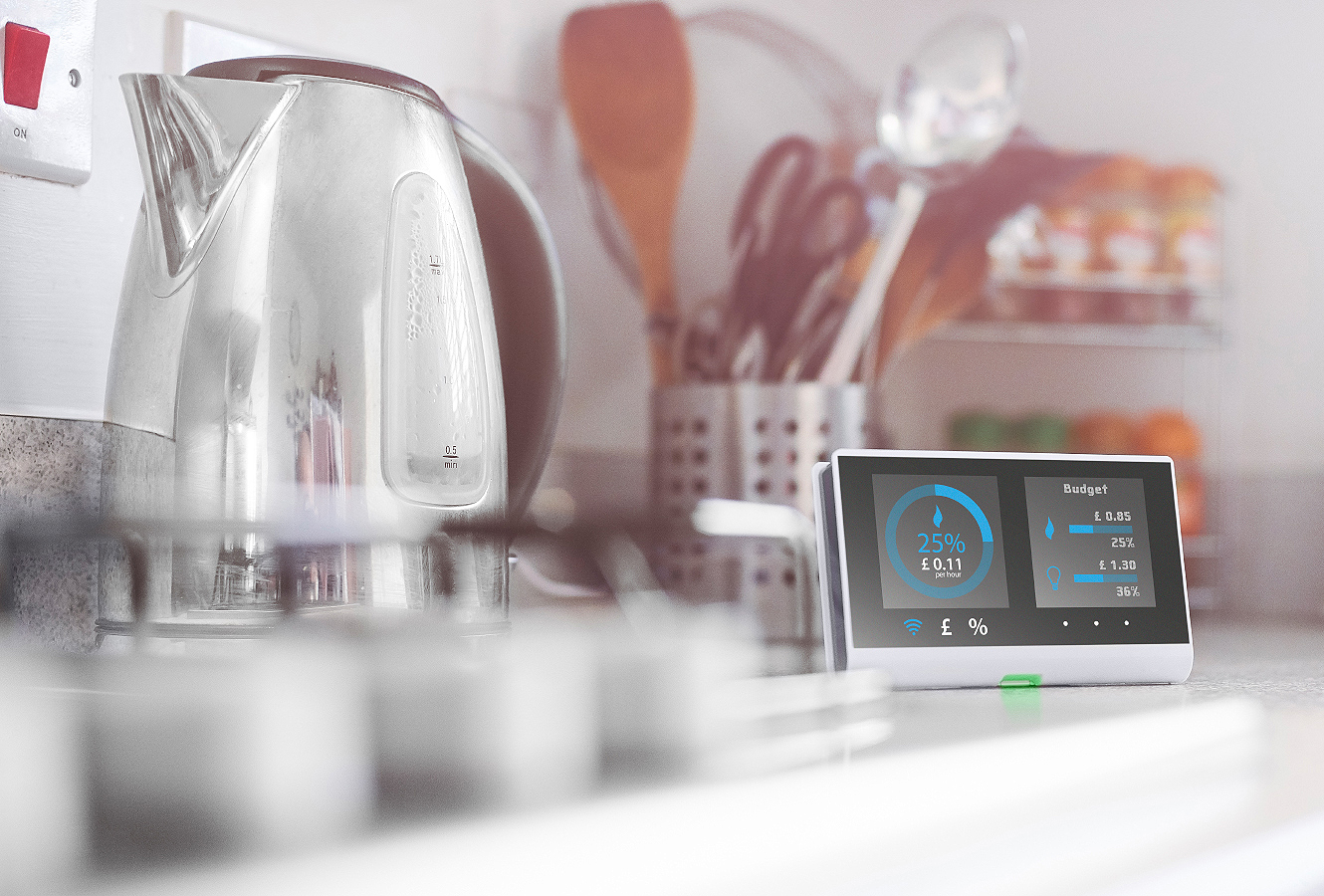
Incompatibility with the standard solution
Smart meters also offer energy providers greater insight into usage patterns, to help manage and balance energy and ensure reliable ongoing service now and into the future. But a small percentage of homes – predominantly in large single buildings or those comprising flats and apartments – are incompatible with GB’s standard short-range communications solution. To be truly inclusive and bring the opportunity for improved visibility and control of home energy use to all, a solution had to be developed that was reliable, discreet and cost effective.
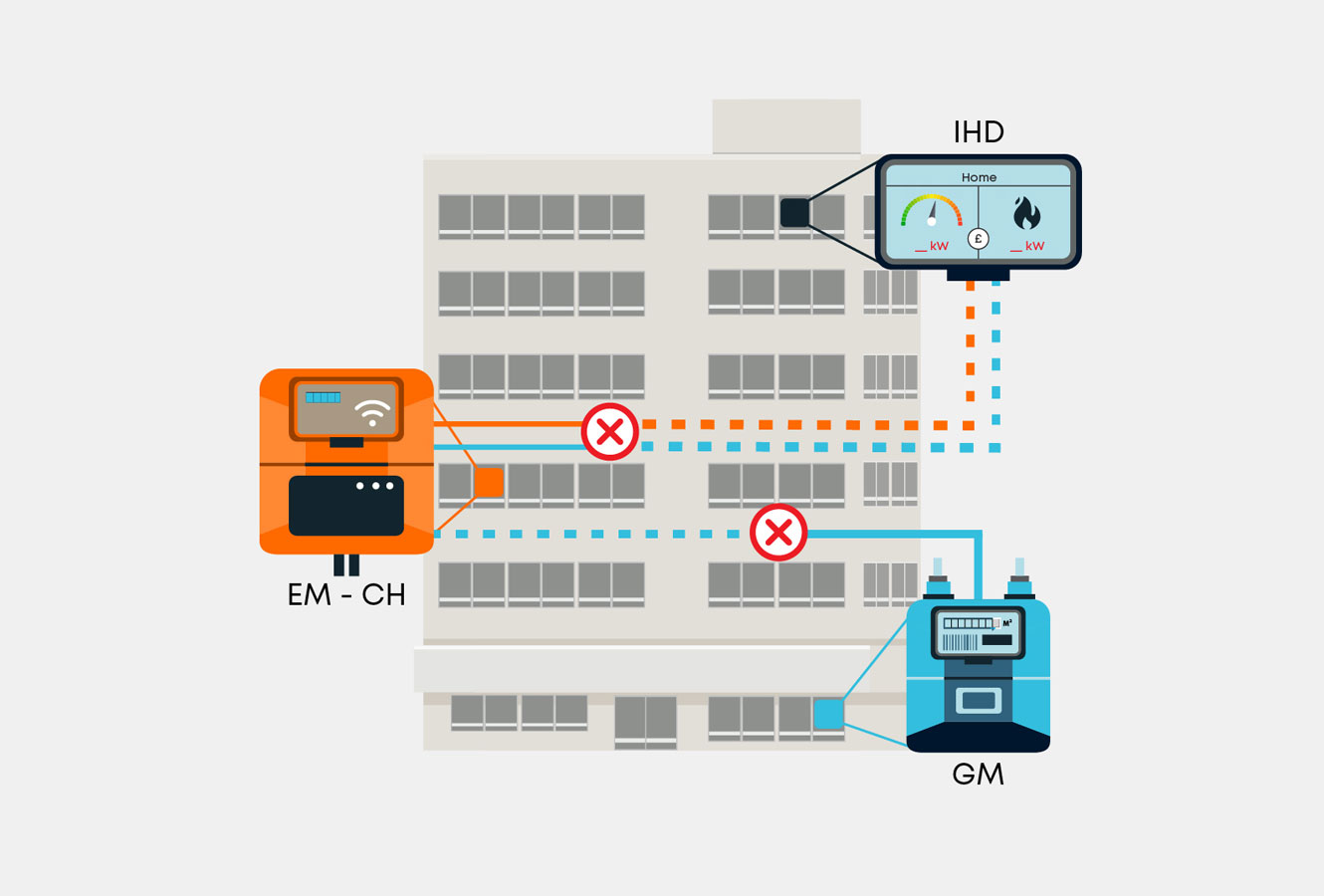
A communications and interoperability challenge
GB smart metering communications use a WAN (Wide Area Network), which connects to a communications hub that is normally mounted on the electricity meter. This then connects to the electricity meter, gas meter and in home display via a dedicated HAN (Home Area Network). For standard GB smart metering, the HAN is a Zigbee radio, but in some locations, for example large multistorey residential buildings, the gas meter and/or in home display are remote, and too far for Zigbee to reach.
“Cambridge Consultants worked collaboratively with Landis+Gyr and Alt HAN Co to develop innovative technical solutions and products that have successfully met the challenge of smart metering HAN connectivity. Demonstrating considerable technical expertise throughout the project enabled a straightforward flow to industry testing, safe launch and mass deployment in the complex smart metering infrastructure – a huge achievement.”
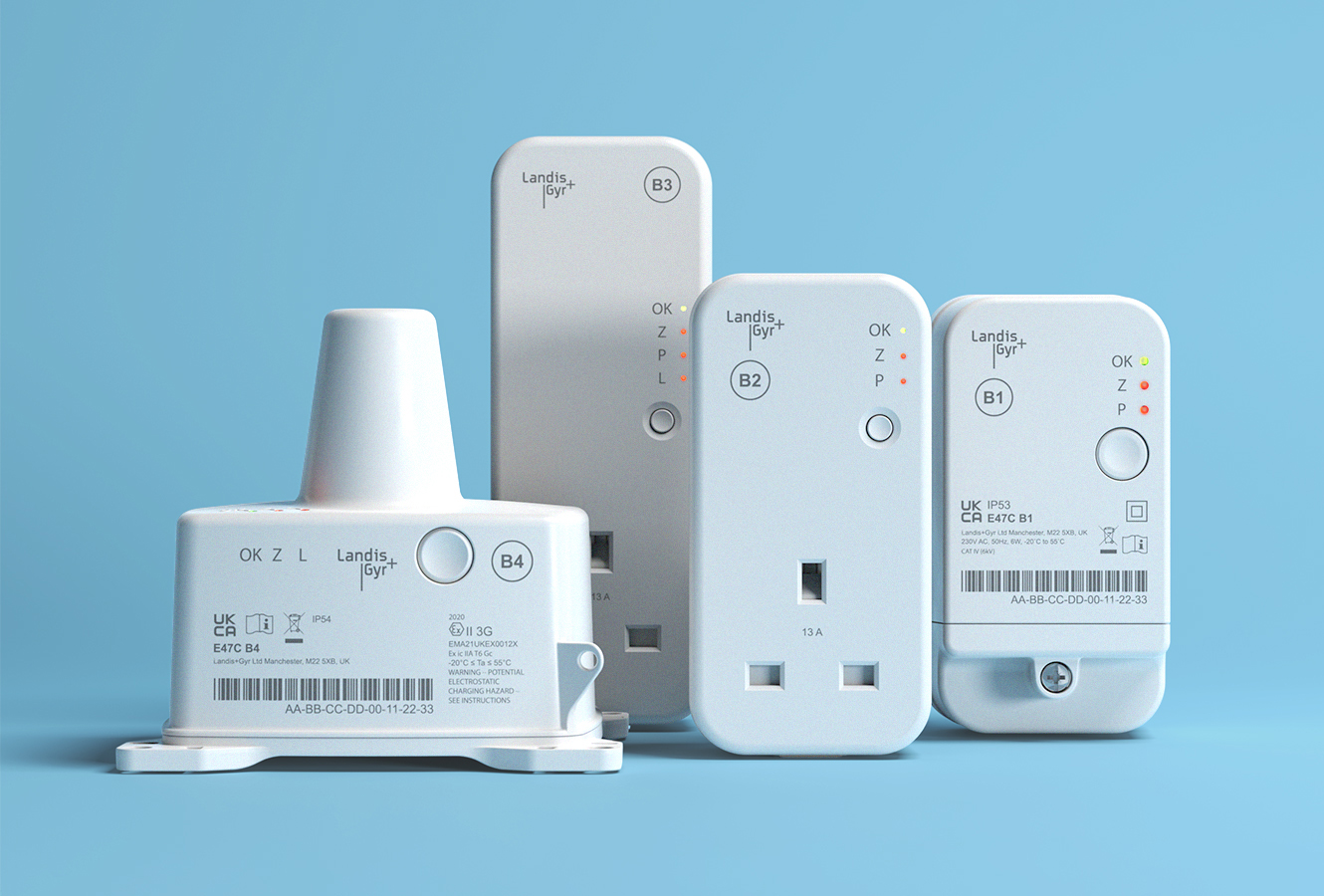
Improving the range of the HAN
Our project dealt with the need to improve the range of the HAN in these incompatible homes, effectively setting up an alternative approach to ensuring robust communications between meter and network. A key challenge was ensuring the Alt HAN could support full interoperability with the existing, standardised elements of the smart metering system. A multidisciplinary CC team rose to this toughest of communications and interoperability challenges to solve the problem.
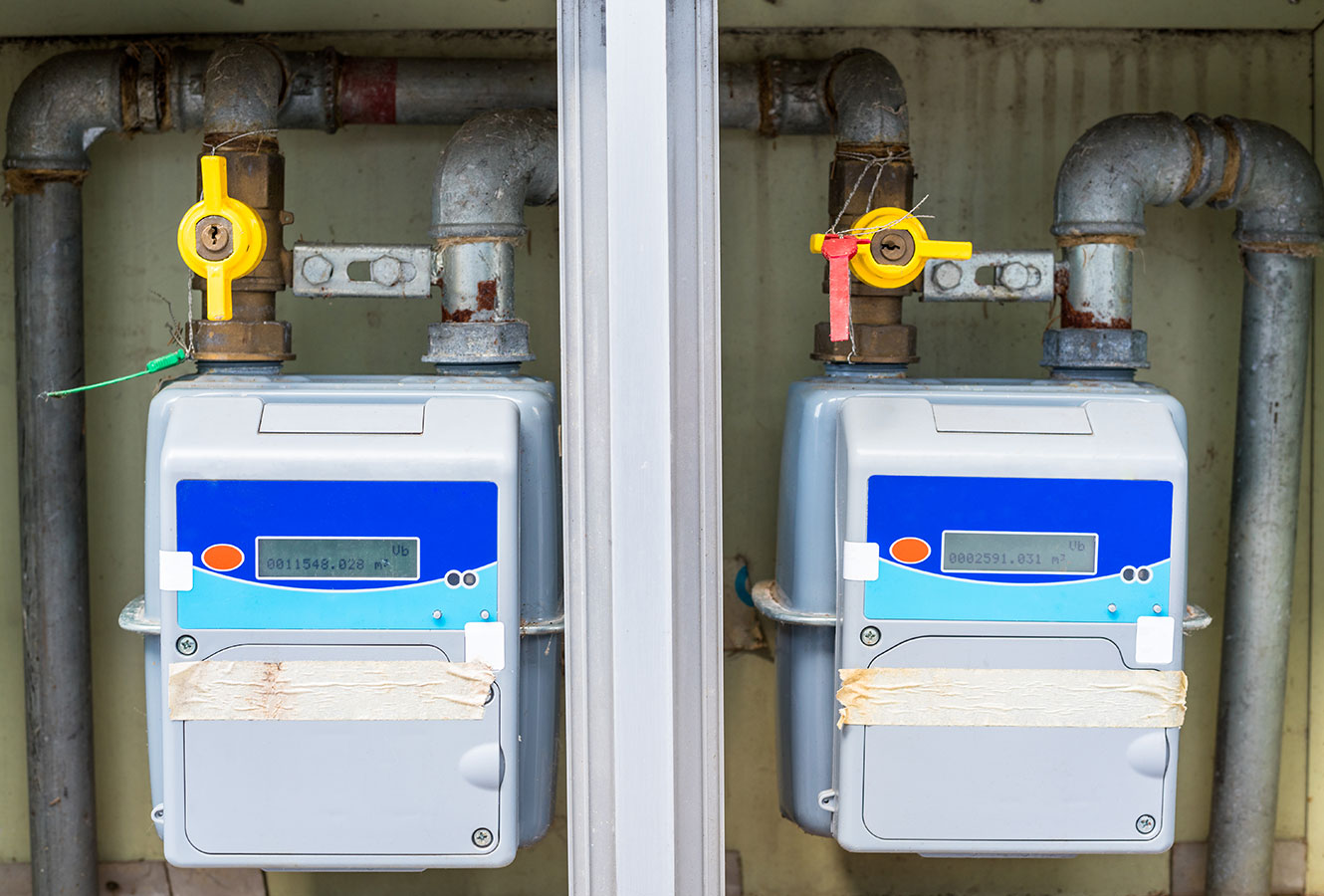
An alternative to extend range
The project originated when the British energy suppliers came together to set up a regulated company called Alt HAN Co to address the central issue of smart meter range constraints. The opportunity for energy savings associated with smart meters needs to be available to all, but current technology underserves some of the most vulnerable in society. Alt HAN was set up to level the playing field. If a gas or electricity meter is located in the basement of a block of flats, for example, communication links can fall short – and therefore cannot reach the gas meter or in-home display (which is currently the case for around 750k British homes).
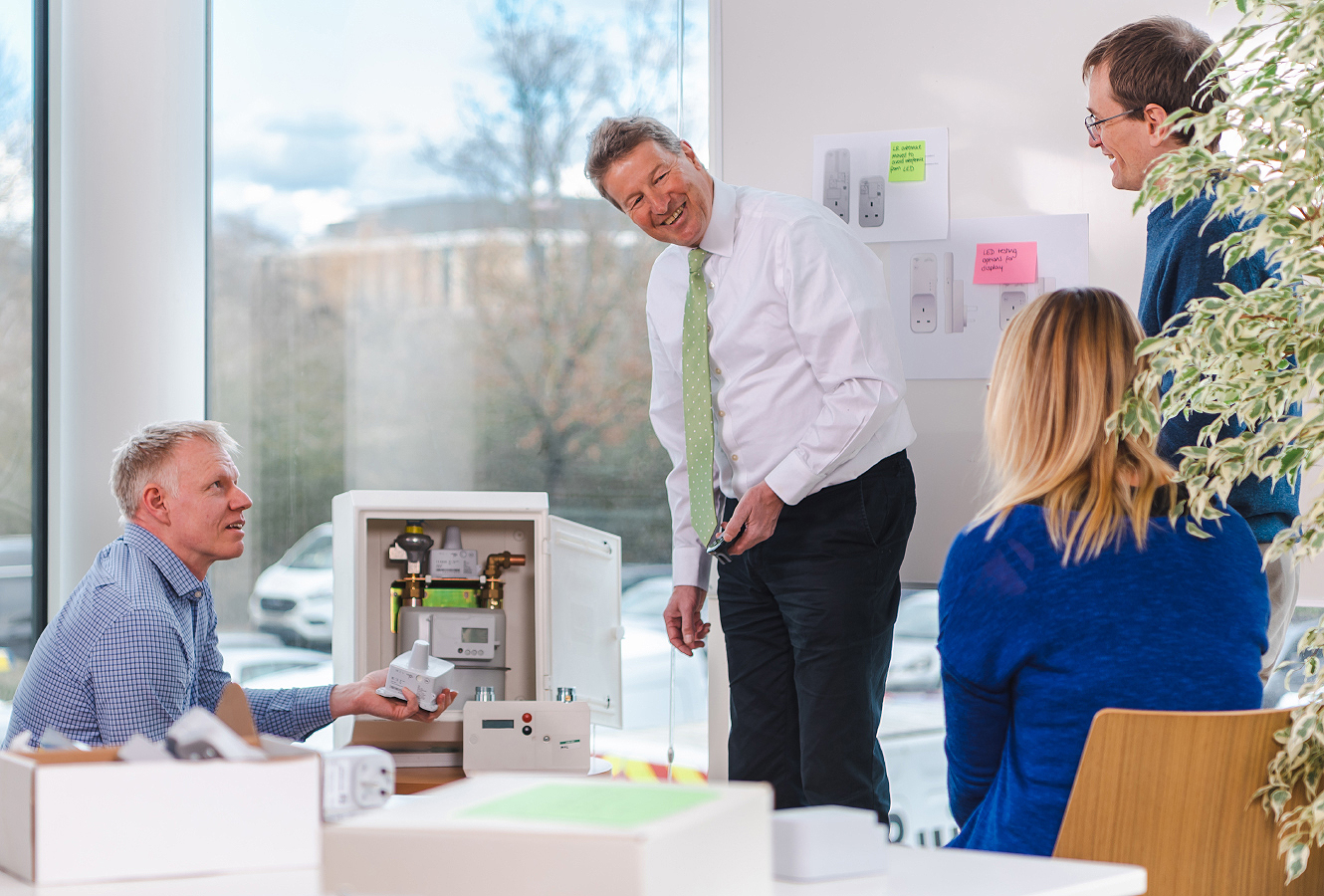
Concept and product expertise
CC brought considerable concept and product development expertise to the table to complement Landis+Gyr’s extensive meter manufacturing experience. Interoperability was the key challenge from the get-go. The Alt HAN solution had to work with existing communications hubs, electricity meters and in-home displays from a variety of manufacturers.
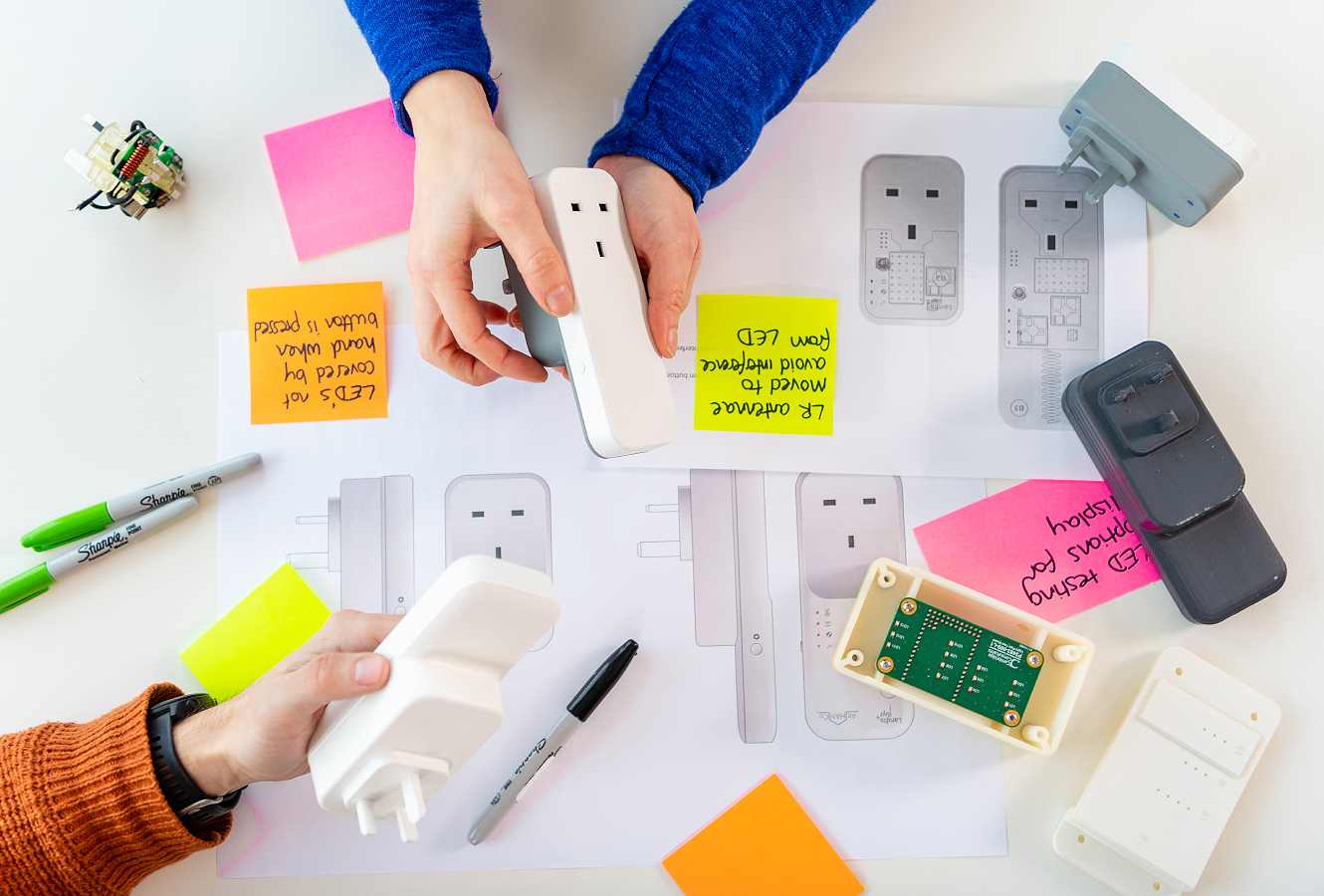
Ecosystem innovation requires a variety of skills
Our approach reflected the wide-ranging demands of contemporary ecosystem innovation. Emerging digital transformation in industries such as smart energy and smart infrastructure require collaboration, broad skillsets and complementary expertise that transcends traditional boundaries. In this spirit, we assembled an in-house project team that blended experience in powerline communications, RF design, mechanical engineering, product realisation, industrial design useability, firmware protocols, regulatory requirements and robust digital security.
“Partnering with Cambridge Consultants for their concept & product development expertise was instrumental in helping Landis+Gyr deliver this innovative solution that will bring the benefits of smart metering to over 700,000 households across Great Britain.”
Multiple bespoke solutions
An early initial study confirmed that the problem could not be solved with off-the-shelf kit. We therefore embarked on a bespoke end-to-end development of potential solutions, each of which depended on set-up requirements. As the illustrations show, the CC team developed an Alt HAN architecture of three solutions (A, B and C) based on four bridges to extend the range of the Zigbee HAN. The majority of homes will be served by solutions A and B, with range extension by PLC (power line communication) alone. Solution C adds a LRR (long range radio) link to the PLC, for homes with very remote gas meters.

Secure physical/digital interface
The innovation demanded close attention to digital security requirements. Every 30 minutes, gas and electricity meters send readings to their energy supplier, which ultimately (or immediately in some cases) trigger financial payments. In addition, the in-home display requests information from the communications hub and electricity meter every 10 seconds. There are financial transactions for meters that are configured in prepayment mode (when customers pay for credit to be downloaded to their meters). Gas and electricity meters can also be configured in credit mode. All of this data has to be handled securely and with appropriate protocols. The CC team was able to design an architecture that provided this security while still meeting the needs of interoperability with the existing system. The crucial outcome for this project was that the addition of Alt HAN links did not add any extra security attack points.
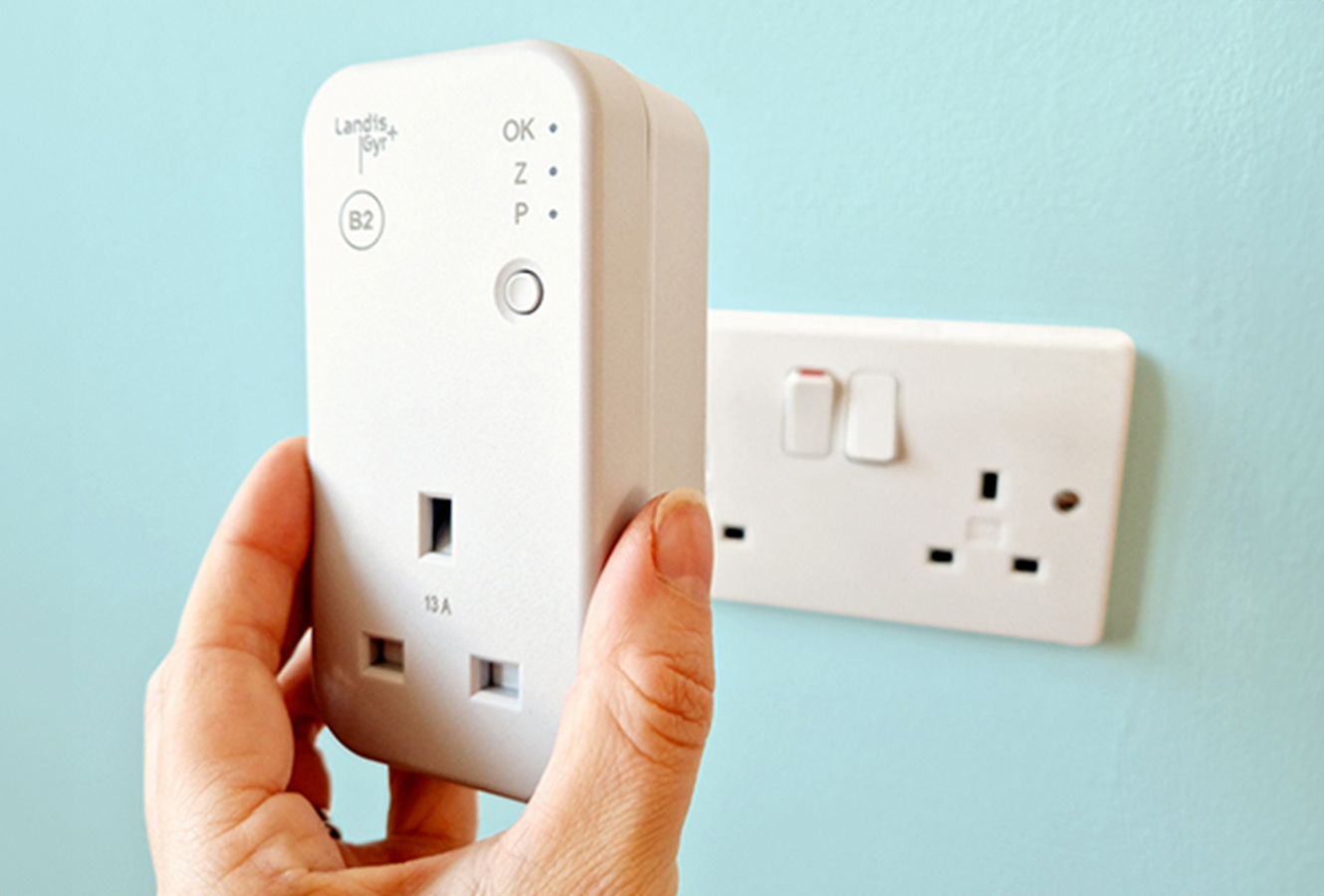
Creative technical approach
The Alt HAN was characterised by close and productive collaboration with Landis+Gyr. The project is a great example of solving a complex interoperability problem with the ingenious use of low-cost components. It highlights the way that a creative technical approach can drive progress in the digitalisation of the energy industry – traditionally something of a cautious sector when it comes to innovation.
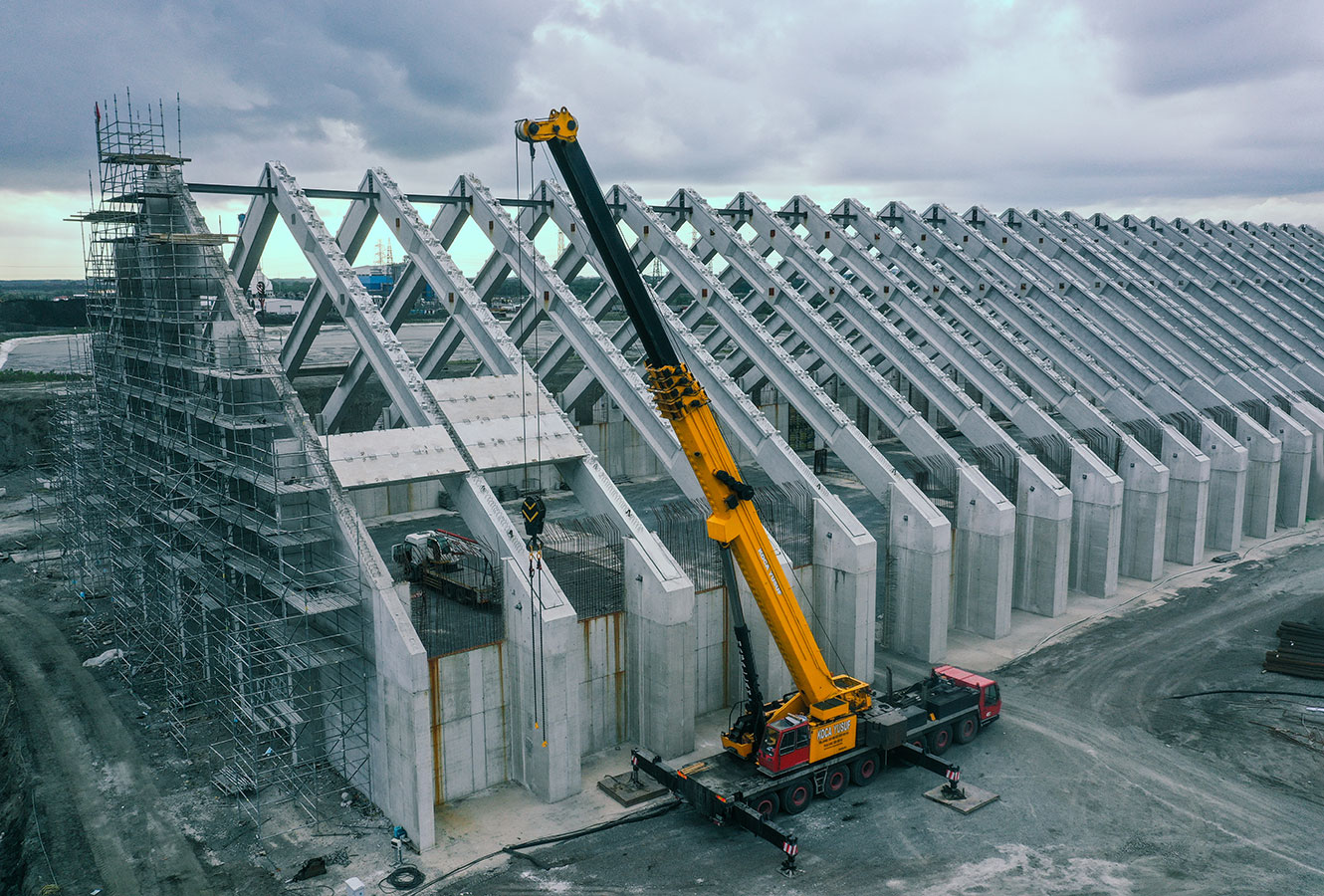
Ready for deployment, fit for future needs
Tough RF environments such as the ones addressed in this project have parallels in other industries. The fundamental technical solution developed here would be suitable for challenging RF communication in any large indoor environments, particularly those where communications must perform in environments with interference from large amounts of steel and concrete. It can support digitalisation (and ‘going wireless’ objectives in industries ranging from manufacturing to office construction, all the way to theme parks and entertainment venues). The new metering systems are currently being manufactured and deployed to 750k GB households. Cambridge Consultants is proud to be part of the team bringing this innovative solution to extending smart metering benefits to so many consumers.




